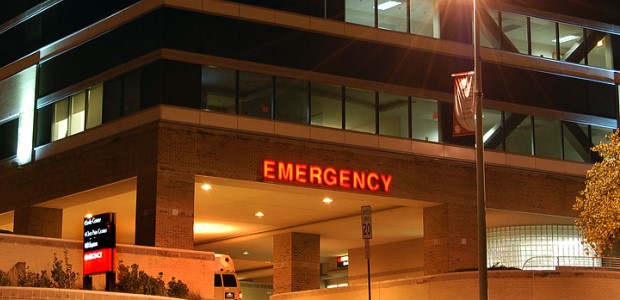
HHS Reports Progress on Hospital-Acquired Conditions
They fell by 17 percent over a three-year period, according to a new report from the Agency for Healthcare Research and Quality.
The Agency for Healthcare Research and Quality, part of the federal Department of Health and Human Services, released a report Dec. 2 that estimated 50,000 fewer patients died in hospitals and approximately $12 billion in health care costs were saved by reducing hospital-acquired conditions from 2010 to 2013. HACs include adverse drug reactions, falls, pressure ulcers, and surgical site infections; AHRQ said the progress toward a safer health care system occurred as hospitals throughout the country strove to reduce adverse events.
The preliminary estimates show that hospital patients experienced 1.3 million fewer hospital-acquired conditions from 2010 to 2013, representing a 17 percent decline in HACs during the period.
"Today's results are welcome news for patients and their families," HHS Secretary Sylvia M. Burwell said. "These data represent significant progress in improving the quality of care that patients receive while spending our health care dollars more wisely. HHS will work with partners across the country to continue to build on this progress."
According to the report, the most significant gains were made during 2012 and 2013, with almost 35,000 fewer patients dying in hospitals and approximately 800,000 fewer incidents of harm occurring during 2013, saving about $8 billion.
AHRQ analyzed the incidence of a number of avoidable hospital-acquired conditions compared to 2010 rates and used as a baseline estimate of deaths and excess health care costs that were developed when the Partnership for Patients was launched. The results update the data showing improvement for 2012 that were released in May. "Never before have we been able to bring so many hospitals, clinicians, and experts together to share in a common goal – improving patient care," said Rich Umbdenstock, president and CEO of the American Hospital Association. "We have built an 'infrastructure of improvement' that will aid hospitals and the health care field for years to come and has spurred the results you see today. We applaud HHS for having the vision to support these efforts and look forward to our continued partnership to keep patients safe and healthy."
"AHRQ has developed the evidence base and many of the tools that hospitals have used to achieve this dramatic decline in patient harms," said AHRQ Director Richard Kronick, Ph.D. "Additionally, AHRQ's work in measuring adverse events, performed as part of the Partnership for Patients, made it possible to track the rate of change in these harms nationwide and chart the progress being made."